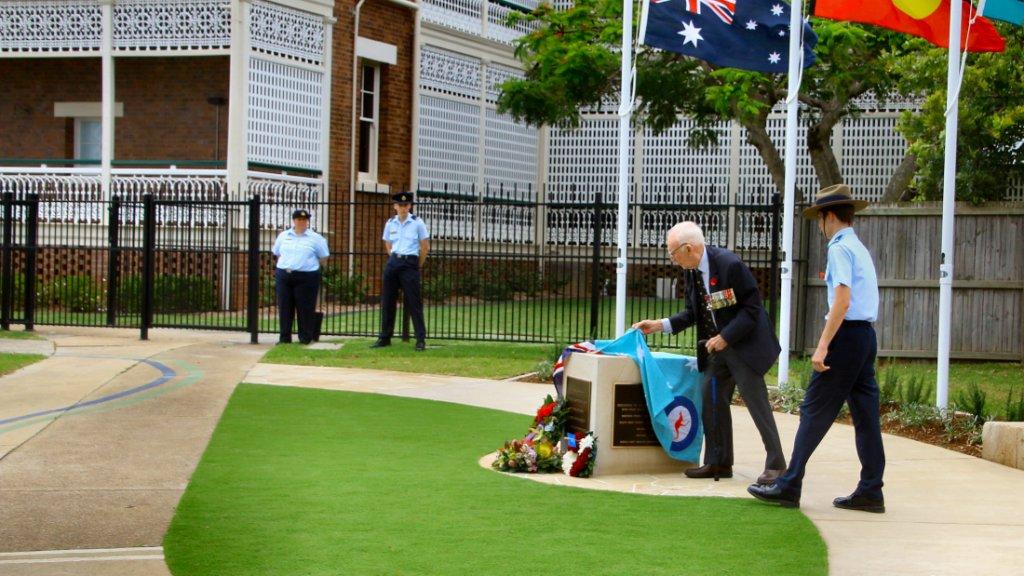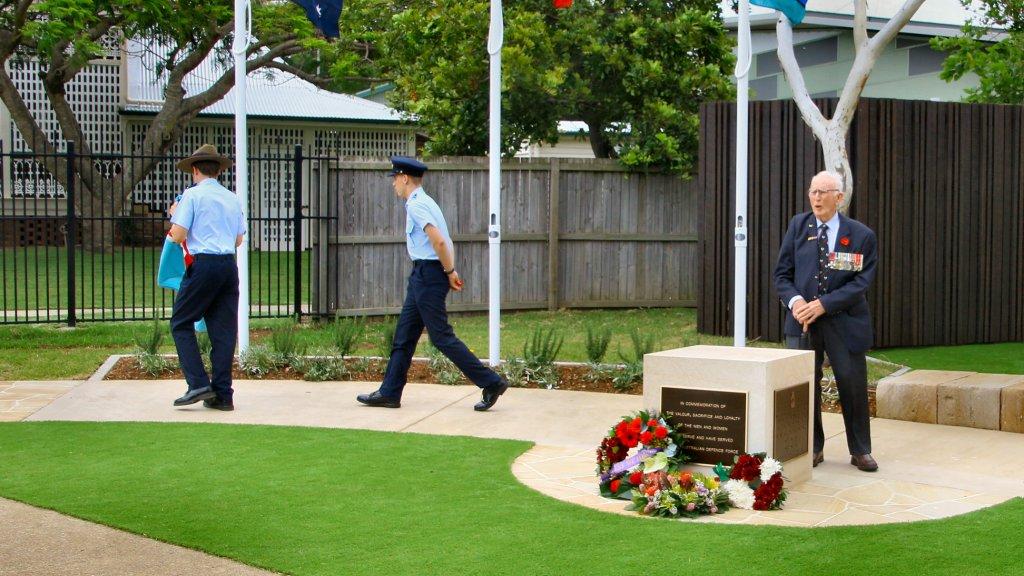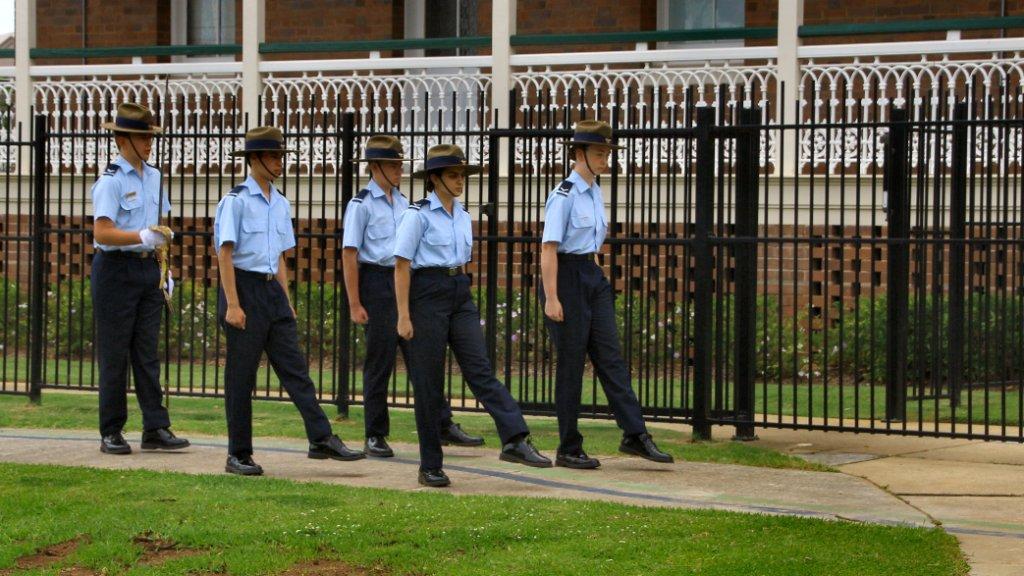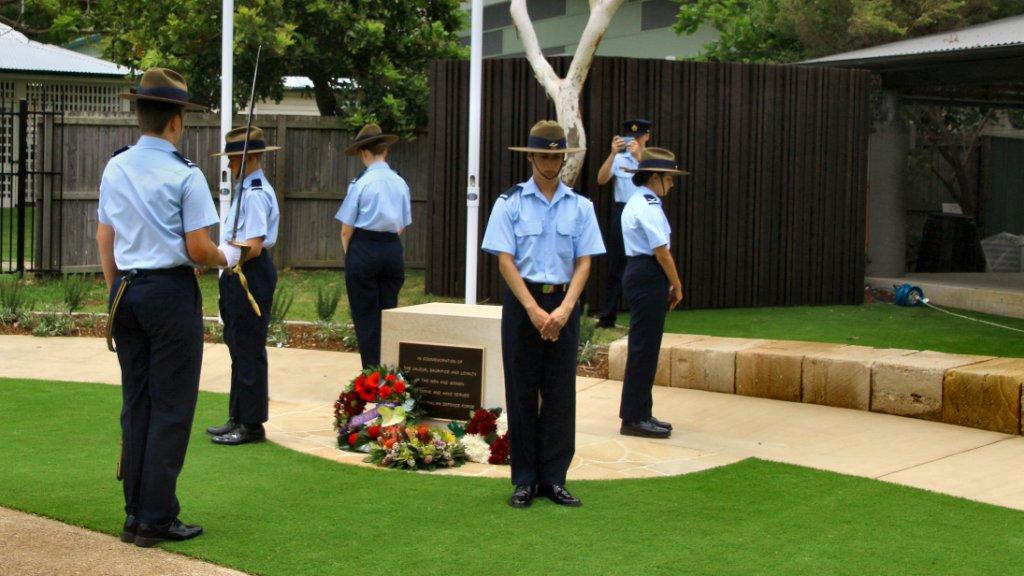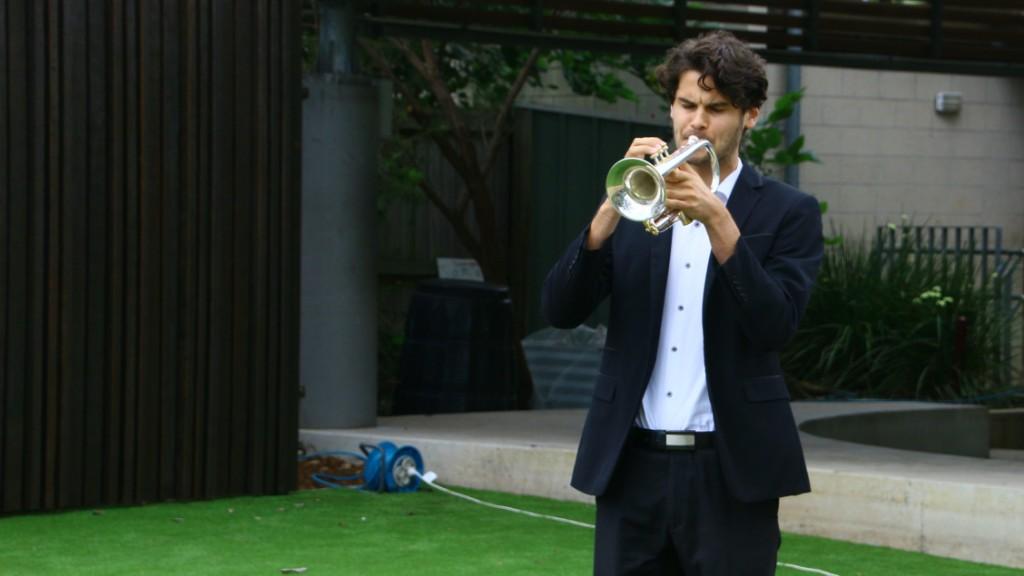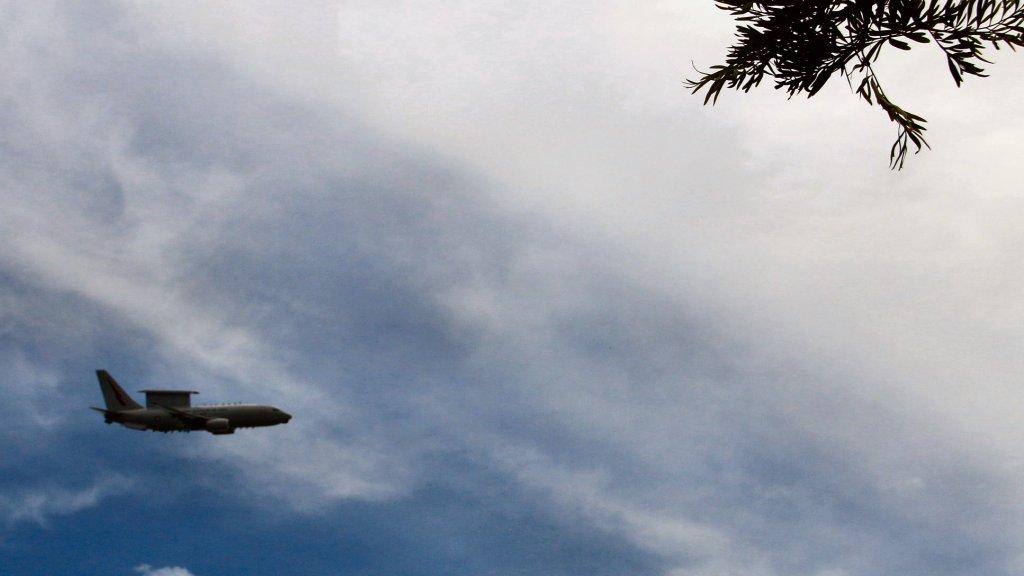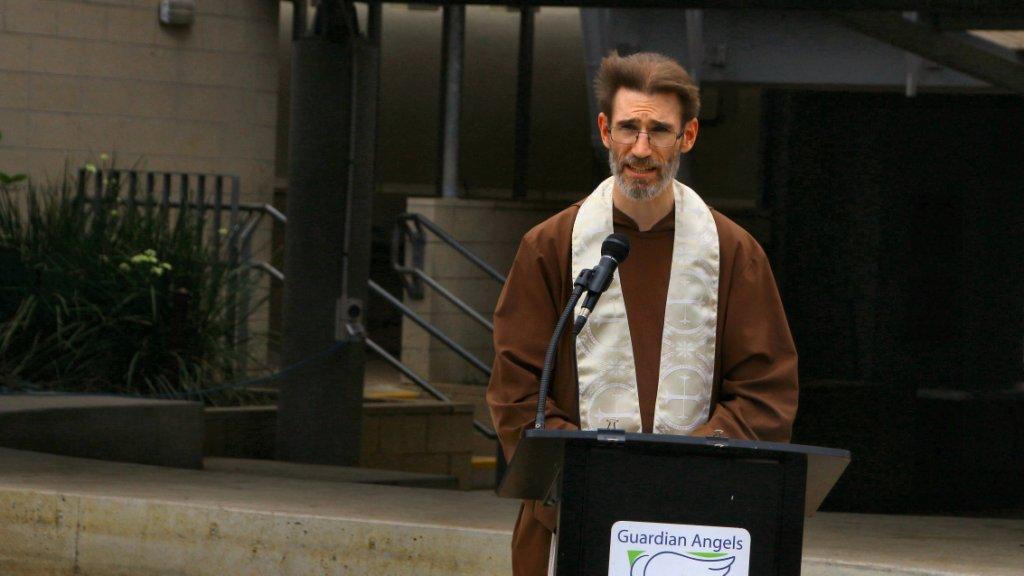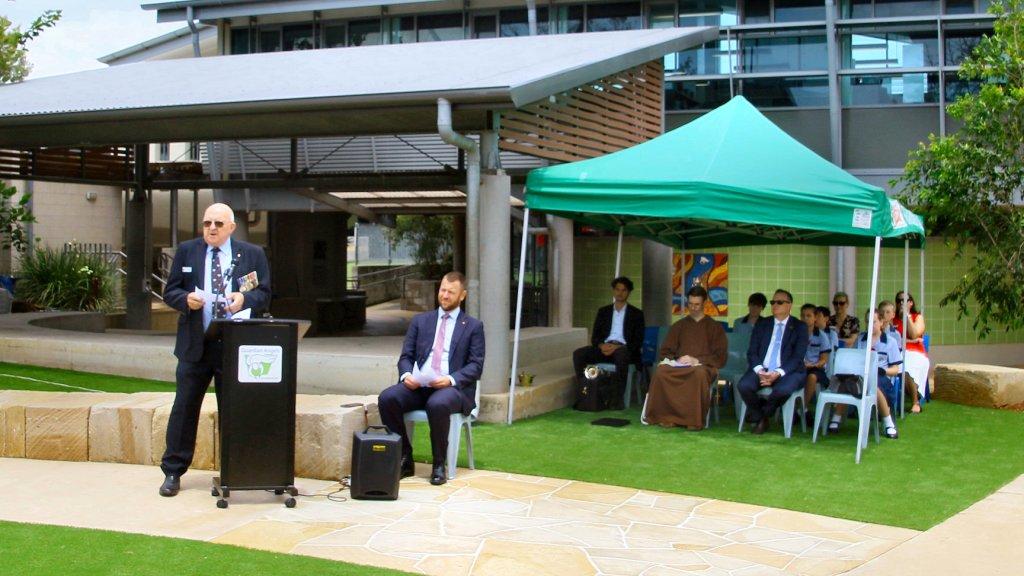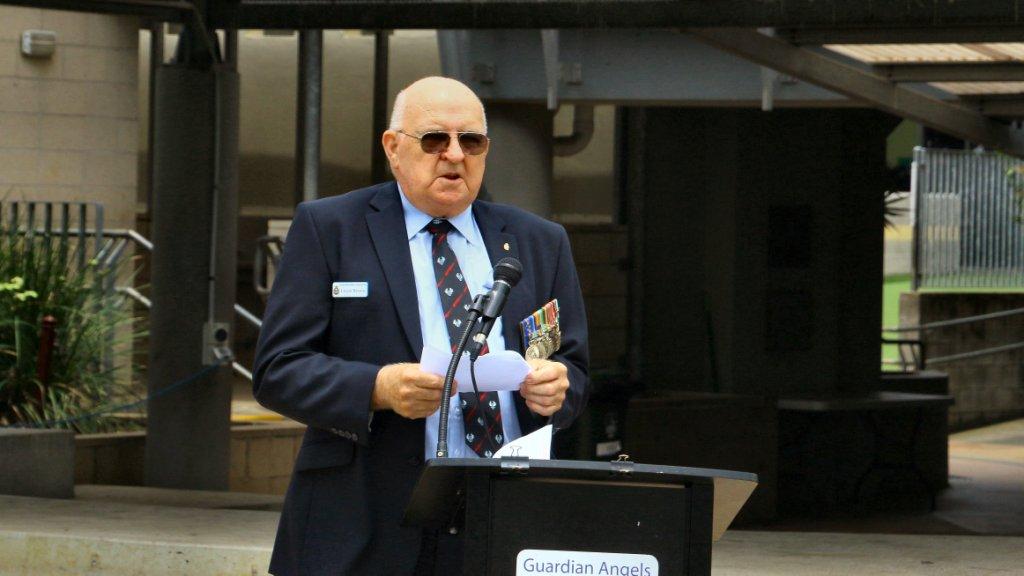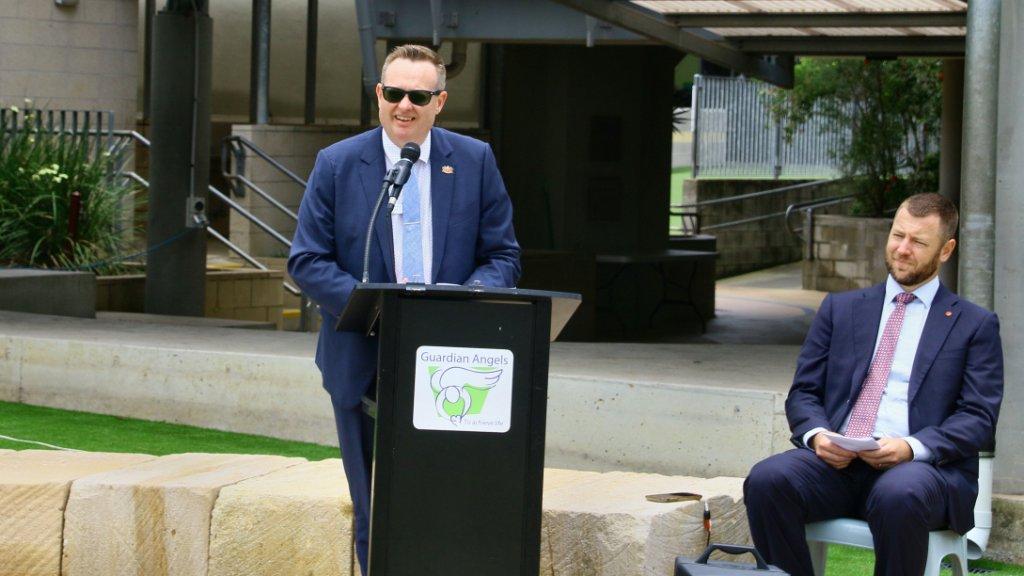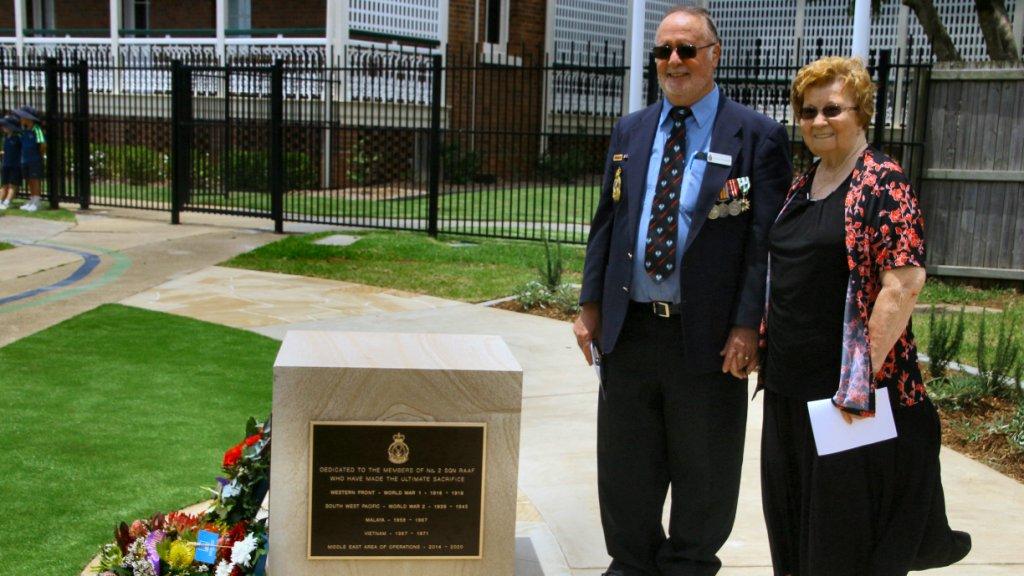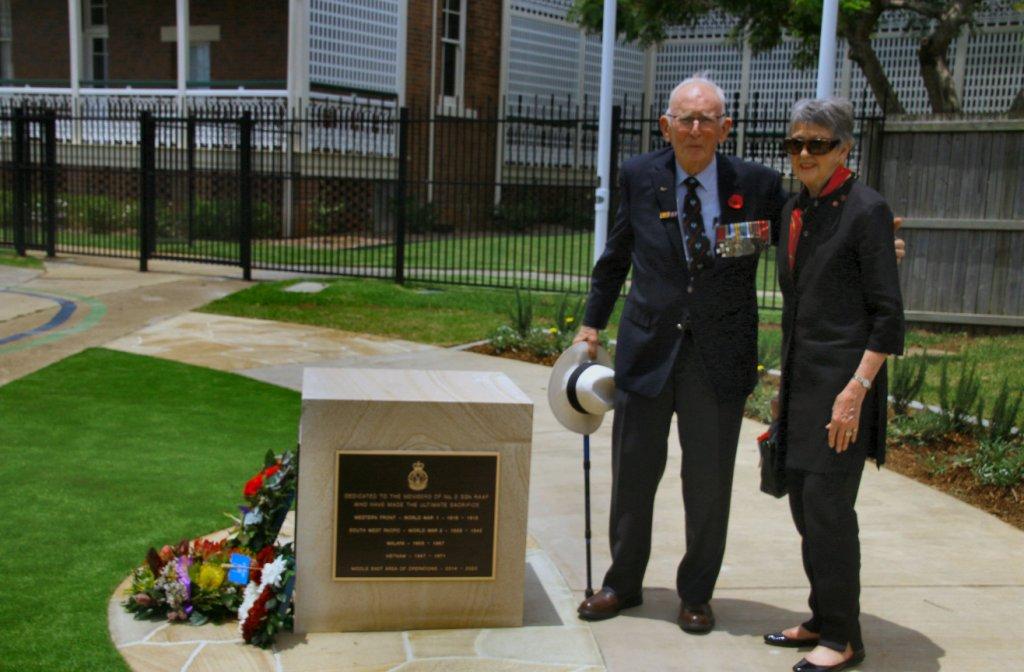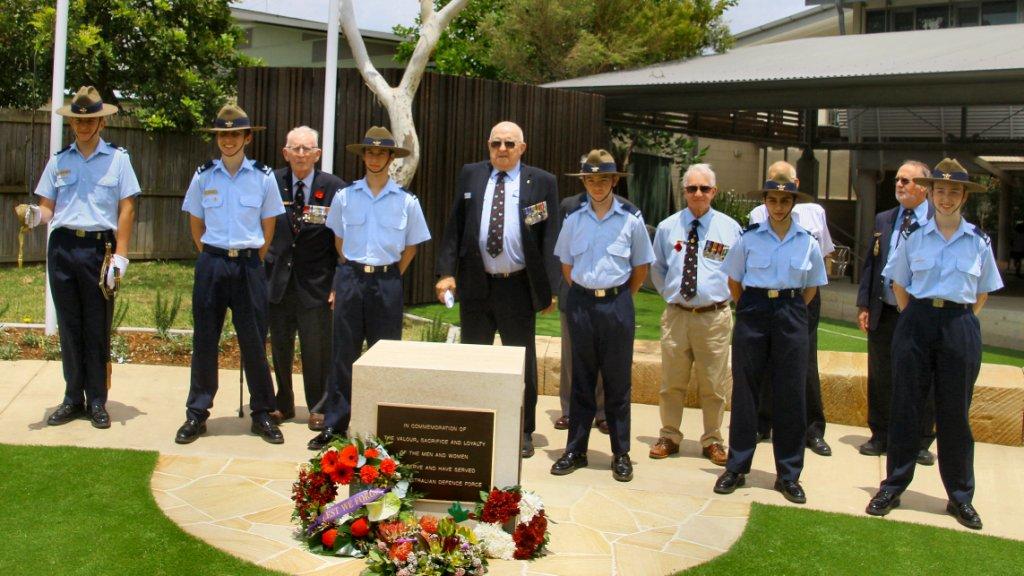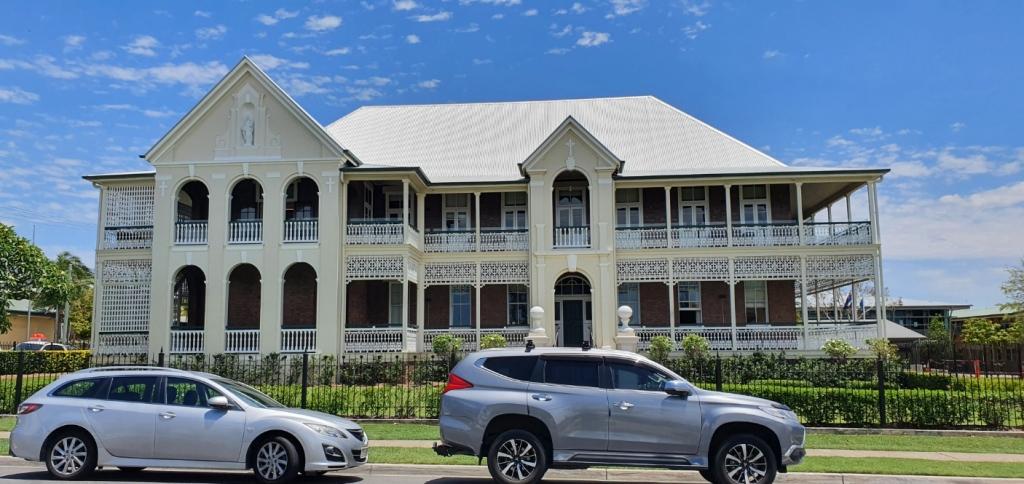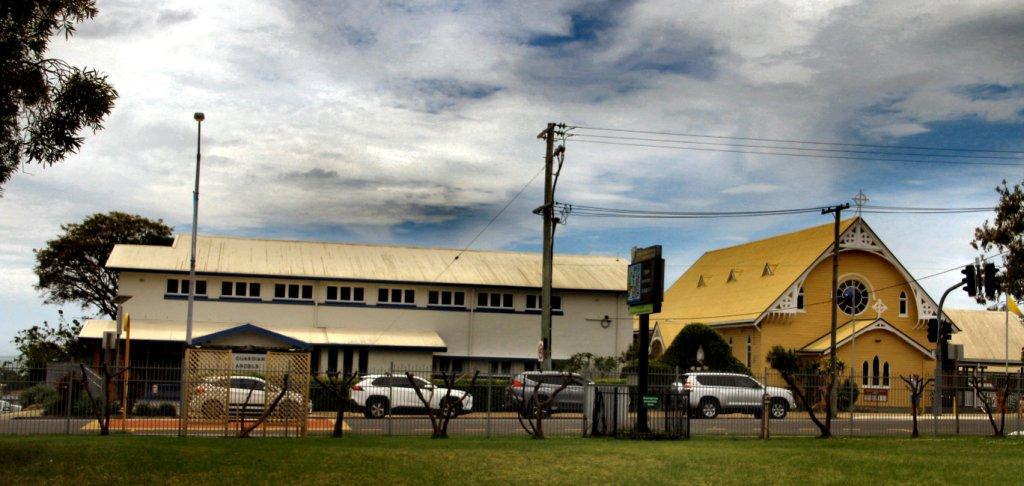
|
Vol 76 |
Page 13 |
Privacy Policy | Editorial Policy | Profit Policy | Join the Association | List of Members | Contact us | Index | Links
Back Go to page: 1 2 3 4 5 6 7 8 9 10 11 12 13 14 15 16 17 18 19 20 Forward
Some of the pics on this page have been crunched to allow the page to open quicker - you can get the HD version by clicking the pic.
Contents
Remembrance Day 2021 - Wynnum, Qld.
Remembrance Day.
At 11 am on the 11th November, 1918 the guns on the Western Front fell silent after more than four years of continuous warfare. The allied armies had driven the German invaders back, having inflicted heavy defeats upon them over the preceding four months. In November the Germans called for an armistice (suspension of fighting) in order to secure a peace settlement. They accepted allied terms that amounted to unconditional surrender.
The 11th hour of the 11th day of the 11th month attained a special significance in the post-war years. The moment when hostilities ceased on the Western Front became universally associated with the remembrance of those who had died in the war. This first modern world conflict had brought about the mobilisation of over 70 million people and left between 9 and 13 million dead, perhaps as many as one-third of them with no known grave. The allied nations chose this day and time for the commemoration of their war dead.
On the first anniversary of the armistice in 1919 two minutes' silence was instituted as part of the main commemorative ceremony at the new Cenotaph in London. The silence was proposed by Australian journalist Edward Honey, who was working in Fleet Street. At about the same time, a South African statesman made a similar proposal to the British Cabinet, which endorsed it. King George V personally requested all the people of the British Empire to suspend normal activities for two minutes on the hour of the armistice "which stayed the worldwide carnage of the four preceding years and marked the victory of Right and Freedom".
The two minutes' silence was popularly adopted and it became a central feature of commemorations on Armistice Day.
On the second anniversary of the armistice in 1920 the commemoration was given added significance when it became a funeral, with the return of the remains of an unknown soldier from the battlefields of the Western Front. Unknown soldiers were interred with full military honours in Westminster Abbey in London and at the Arc de Triumph in Paris. The entombment in London attracted over one million people within a week to pay their respects at the unknown soldier's tomb. Most other allied nations adopted the tradition of entombing unknown soldiers over the following decade.
After the end of the Second World War, the Australian and British governments changed the name to Remembrance Day. Armistice Day was no longer an appropriate title for a day which would commemorate all war dead.
In Australia on the 75th anniversary of the armistice in 1993 Remembrance Day ceremonies again became the focus of national attention. The remains of an unknown Australian soldier, exhumed from a First World War military cemetery in France, were ceremonially entombed in the Memorial's Hall of Memory.
Remembrance Day ceremonies were conducted simultaneously in towns and cities all over the world, culminating at the moment of burial at 11 am and coinciding with the traditional two minutes' silence. This ceremony, which touched a chord across the Australian nation, re-established Remembrance Day as a significant day of commemoration.
Four years later, in 1997, Governor-General Sir William Deane issued a proclamation formally declaring 11 November to be Remembrance Day, urging all Australians to observe one minute's silence at 11 am on 11 November each year to remember those who died or suffered for Australia's cause in all wars and armed conflicts.
Remembrance Day was celebrated across Australia, some events were large, but due to Covid, most were small solemn events. One such event was held at the Catholic Guardian Angels’ Primary School in Wynnum Qld.
![]()
Guardian Angels', Wynnum was founded in 1914 under the leadership of the Sisters of Mercy. This leadership continued until 1990 when the first Lay Principal was appointed. With over 500 students annually, the school provides the primary educational source for a large proportion of bayside students. The school also actively supports and discusses Defence Services history and local remembrance activities are supported.
In collaboration with Arthur and Thelma Rennick, the 2 Squadron Association Secretary, the school’s Parents and Friends Association (P&F) decided to investigate the possibility of erecting a memorial which would stand as a reminder to students of the sacrifice and service that has been provided to ensure the Nation’s existence. A capital works feasibility project was established to review the requested requirement, potential sites within the school for the construction of the memorial, architectural designs, estimated construction pricing and project funding options were investigated. Upon approval from Brisbane Catholic Education and the school to use the school grounds for the build of a memorial, the P&F engaged the Wynnum RSL Sub-Branch for input into the memorial design.
Construction of the memorial site would allow the school to conduct both small and large remembrance events within the school's grounds for its students, their families and the Bayside community. It would also provide a visible reminder to the community of the service provided by those that have services in the Australian Defence Services.
The main face of the Memorial reads:
In commemoration of the Valour, Sacrifice and Loyalty
of the men and women who serve and have served
with the Australian Defence Force.
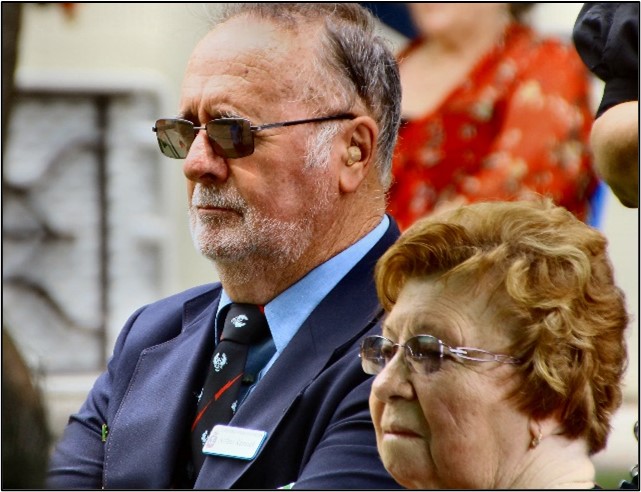
Project funding was secured via the school's Parents and Friends Association, a federal Department of Veterans Affairs grant and a generous private donation from Arthur and Thelma Rennick on behalf of 2 Sqn’s service in Vietnam and the Memorial was constructed.
It was decided to conduct an opening ceremony for the memorial on Remembrance Day 2021. Invitations were sent out and people gathered in the school grounds from 10.15am for a 10.45am start. The school had erected marquees and seating for those attending and a number of junior kids were assembled and bunched together on the grass.
The way these young kids sat through the hour long event, which at that age would have probably been a bit of a bore, is a credit to the school. There was no fidgeting, no talking, no movement and none of the sky-larking you would expect for kids that age, they just sat and looked attentive for the whole event.
You knew it was going to be that way by just looking at them – all neatly dressed, all sitting up straight, all in line, obviously a lot of attention and thought put into this exercise by their caring teachers. Well done, it was lovely to see!! The school can be rightly proud of them.
Brad Polkinghorne, from the Parents and Friends Associations, welcomed everyone the event and invited Air Commodore John Whitehead DSO (Ret’d) to unveil the memorial.
John, now a spritely 88 years old, joined the Air Force in 1950 and was trained as a pilot when the RAAF had Tiger Moths. During his career he flew a variety of aircraft, including the Wirraway, Vampire, Meteor, Hunter, Winjeel, Macchi and the Canberra. John served in Vietnam as the CO of 2 Sqn in Phan Rang from Nov 1968 to Nov 1969.
Brad Polkinghorne then called for the Catafalque Party to be mounted.
The Catafalque Party was provided by young men and women from 215 Sqn Air Force Cadets. These young people did a wonderful job.
At 11.00am, with the Catafalque Party mounted, the Last Post and Rouse were played. The Last Post is played to indicate a soldier has gone to his final resting place and is followed by one minutes’ silence. The Rouse is then played during which time flags are raised from half mast.
Ben Oldham played the Last Post and Rouse on his trusty trumpet.
At 11.00am, a Wedgetail aircraft from 2 Sqn in Williamtown, did a low pass over the school. Click the pic to see the overfly.
Father Thomas McFadden, a Capuchin Friar, led everyone in prayer in memory of those that had fallen and to ensure the safety of all those still serving and ex-serving ADF men and women.
Wing Commander Lloyd Brown AM (Ret’d), ex-Air Force Navigator, gave the opening address and recounted the service history of 2 Squadron. Lloyd joined the RAAF in 1965 and after graduating, was posted to 36 Sqn which at the time operated the A model Herc. Lloyd did 24 trips to Vietnam with 36 Sqn after which he was posted to 2 Squadron.
Craig Acret, the school principal, then thanked everyone for attending, gave a brief history of his school and declared the Memorial service closed.
Arthur and Thelma Rennick.
John and Adrienne Whitehead.
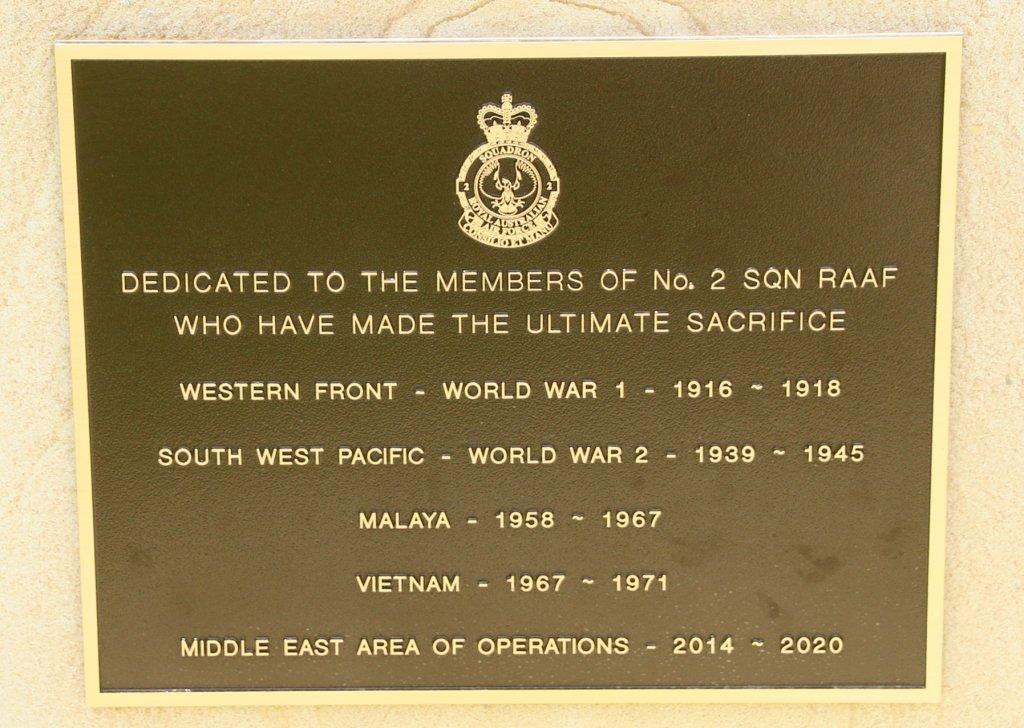
The 2 Sqn face of the memorial. (Run your mouse over the pic to see the other face)
This magnificent building was constructed in 1915 as a convent for the Sisters of Mercy. It was designed by the architectural partnership of Hall and Dods and constructed by William Richard Juster at a cost of £8000. (about $16,000,000 today).
A Catholic presence in Wynnum was prompted by the establishment of the area as a popular seaside resort. The opening of the Wynnum South railway station in 1898 encouraged further development and the demand for a religious presence in the area grew. In 1903, the first Catholic masses were held in the Shire Hall, and the Sisters of Mercy began visiting Wynnum to teach the children residing in the area.
The first Catholic church in Wynnum, known as the Catholic Church of Guardian Angels was erected in 1905. Today it sits to the right of the school (above). Designed by architect Richard Gailey it was constructed on Bay Terrace on land donated by Archbishop Robert Dunne. Following the formal establishment of the parish of Wynnum in 1913, a new school also designed by Gailey and located in Bay Terrace, was opened.
On the 8 August 1915 the Convent of Our Lady of Mount Carmel was solemnly blessed and dedicated by His Grace, Archbishop Duhig. A collection which realised £110 (about $220,000 today) for the furnishing fund was taken up during the opening ceremony. The building is built of brick with wide verandahs and balconies which extend round the main block. On the ground floor on both sides of the main entrance are parlours, the one on the right giving access to the music room, and the one on the left to the chapel through the sacristy. The children's study and refectory are entered from a corridor running at right angles on either side of the entrance hall. This corridor also gives direct access to the chapel, sister's dormitory, main staircase, music room and service passage and stairs. The first floor is occupied with two large and five smaller cells, community room and children's dormitory. Spacious lavatory and bathroom accommodation on this floor completes the main block. A separate block comprises the kitchen, offices and laundry on the ground floor and a large dormitory and servants’ quarters on the first floor. This block is connected with the verandah and balcony of the main block by a covered way."
In 1999, the convent housed only four Sisters permanently and was mainly used as a holiday centre for Sisters of Mercy in the Southern Queensland region. In 2011, only two sisters were living in the property and it was sold for A$1.6M to Ivan Simon. For the following 3 years, the property was extensively renovated at a cost of $1,000,000, after which it was hoped to use the residence as a “bed-and-breakfast” but bureaucracy stymied that and the Catholic Church bought it back and it is now part of the Guardian Angels School.
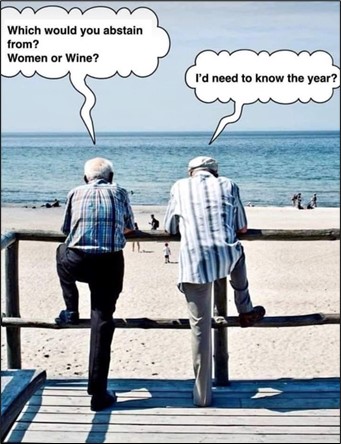
Victory Contingent, 1946
AWM
In the early months of 1946, the Australian Cabinet sent a 250 strong contingent of Australia’s armed forces to the Victory Parade in London which was to be held later that year. The parade was to celebrate the triumph of the Allied forces in the Second World War. The Contingent performed its function, met with significant controversy, and returned to a relatively flat reception in Australia, and yet, the story of the Contingent, as a social and cultural exchange, says much about the state of Australia’s relationship with Britain and the Empire in the post-war period.
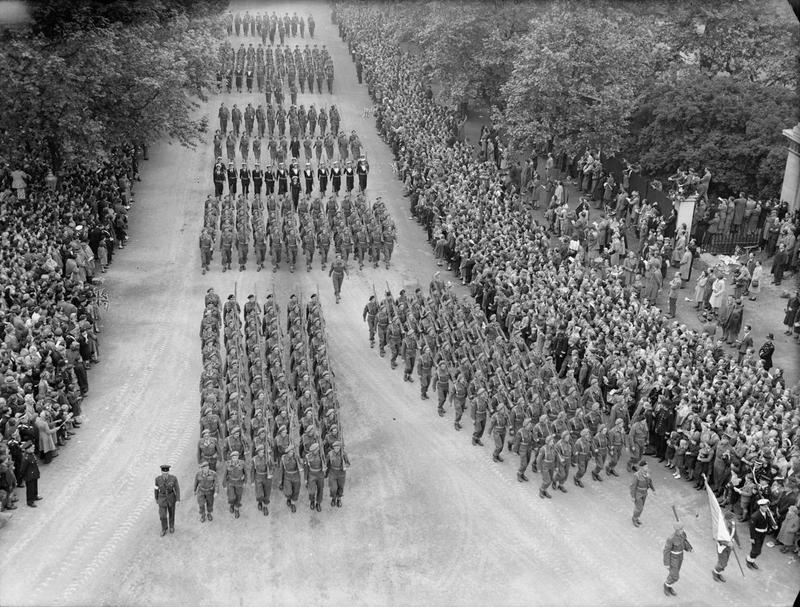
In March of 1946, a contingent was raised from the Australia’s military forces for the purpose of taking part in the planned victory celebrations in London. After some difficulties in raising the group, the Australian Victory Contingent left Australia in April of 1946 and after making stops along the way, the contingent arrived in England in late May. The day of the parade came on 8 June and crowds of more than five million people came out to watch the marchers. After the parade, many in the contingent took the chance to tour Britain and Europe and a small group was specially selected to tour Germany. The contingent finally left Europe in early July, stopping at a number of ports on the way home – which was not entirely without incident. The Australian Victory contingent was ostensibly a chance for Australians to celebrate their involvement in the victory of the Allied powers over their Axis enemies, however, the contingent’s journey also functioned as a reinforcement of Australia’s solidarity with the British Empire.
Australia’s involvement in the Second World War was far-ranging and affected almost the entire population. Close to a million Australians served in the war and participated in almost every theatre of conflict, from Europe, to Africa, to the Pacific. Of this number, 40,000 lost their lives. Through the first half of the 20th century, Australia, with its almost exclusively Anglo-Saxon population, could be defined as more homogenously British than Britain itself, however, the fall of Singapore, in early 1942, was perceived by many to have tested Australia’s political relationship with Britain. Throughout the early phase of the war, in response to anxiety on Australia’s part about the possibility of Japanese expansion in the Pacific, assurances were made by the British government that Singapore would be militarily protected. The crux of this military safeguard was the stationing of British naval power at Singapore against the possibility of Japanese expansion in the region.3 Following a sustained attack over seven days, in February of 1942 the island of Singapore fell to the Japanese army. In Australia, the events which surrounded the fall of Singapore understandably aggravated pre-existent anxieties about the possibility of a Japanese invasion on Australian soil.
In response to this national panic, Prime Minister Curtin made a statement in December 1941, printed in The Herald-Sun, which proclaimed that “Australia looks to America, free of any pangs as to our traditional links or kinship with the United Kingdom”. This oft-quoted statement caused an almost instant backlash from prominent Australian commentators, who sought to distance themselves from rhetoric which might be seen as antithetical to Australia’s relationship with Britain. Curtin was prompted by this response to make a hasty public statement which affirmed Australia’s “steadfast … devotion to the British way of life and to British institutions”. It is tempting to see this moment as one where Australia began to turn from the British Empire and to adopt the strong American alliance which exists today. In reality though, the Australian alliance with America was only initially a strong one and would cool significantly due to frustration with American decision-making and suspicions of American intentions in the Pacific.
This cooling-off in the latter years of the war was matched by a revival of enthusiasm for Australia’s Commonwealth relationship with Britain. An example of this renewed enthusiasm can be found in Curtin’s ardent push to create an ‘’Empire Council’’ at the Imperial Conference in London during May of 1944. Here he argued that Britain and its Dominions should create a unified branch of Commonwealth government in which the Dominion nations would hold a greater place in the decision making process of Imperial policy. While this appeal was unsuccessful, what it demonstrates is that by the war’s final stages, the Australian government had sought to re-attach itself to the Imperial bonds between Australia and Britain rather than seek to stand aloof from them. It is unlikely that Australia’s involvement in the Victory Parade was purely an exercise in the building of solidarity with Britain, nevertheless, it is important to read Australia’s involvement in the parade within the context of Australia’s wartime, and post-war, relationship with the British Empire.
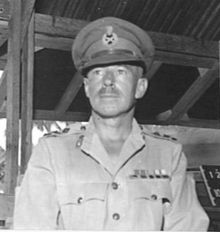
Organisation of the contingent force started in early March of 1946 and faced significant problems in the raising and training of candidates for the parade. In mid-March initial plans for Australia’s inclusion in the Victory Parade began to be drawn by Prime Minister Ben Chifley and the Labor Party. Shortly afterwards, the prime minister’s Cabinet approved a contingent of approximately 250 members of the Australian armed forces to be sent to participate in the Allied Victory Parade in London that year. Of these, 159 were from the Australian Military Force (AMF), 59 were from the Royal Australian Air Force (RAAF), and 25 were from the Royal Australian Navy (RAN). The selection criteria for the contingent called for volunteer personnel from “all arms and services in the AMF.” Priority was given to those with a distinguished service history, those with overseas experience, and those possessed of “the highest standard of physical fitness”. Major General Kenneth Eather (right) was asked to lead the contingent and accepted the appointment on 28 March 1946. Eather was one of Australia’s most successful and respected soldiers of the Second World War. He had distinguished himself as a commander in North Africa, at the battle of Bardia, and in the Pacific, on the now legendary Kokoda Track and during the New Britain campaign.
The majority of candidates, however, were to be chosen through interview
by a selection board based in Melbourne. Those lucky enough to be chosen
for this privilege were to travel to a barracks at Watsonia (NE suburb
of Melb) almost immediately to start training for the parade. Selection
criteria required that troops selected meet stringent physical
standards. Candidates were subject to dental, age, height, and even
chest size requirements. For example, candidates needed to be in
“possession of a sufficient number of natural teeth” and men had to be a
minimum height of five foot seven (1700 mm). Indeed, one former
contingent member, Bruce “Slugger” L’Estrange (right), assumed that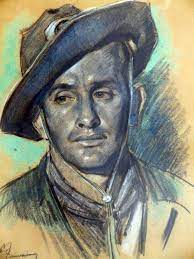 he had been picked as one of the leaders of the march solely on the
basis of his good looks. It is notable that the physical requirements of
the contingent’s selection criteria implicitly prevented service people
who had been maimed from taking part. Given that servicemen disabled in
the course of the war led the Victory Parade through Melbourne on 10
June, it seems probable that they would have wished to take part in the
London Parade. Although evidence is lacking, it seems likely that the
stipulation for healthy and physically-abled troops came from the
parade’s organisers in London. Regardless, the strict physical
requirements for inclusion in the contingent demonstrate that for the
organisers, pomp and presentation were of primary concern, rather than
necessarily honouring the most deserving candidates.
he had been picked as one of the leaders of the march solely on the
basis of his good looks. It is notable that the physical requirements of
the contingent’s selection criteria implicitly prevented service people
who had been maimed from taking part. Given that servicemen disabled in
the course of the war led the Victory Parade through Melbourne on 10
June, it seems probable that they would have wished to take part in the
London Parade. Although evidence is lacking, it seems likely that the
stipulation for healthy and physically-abled troops came from the
parade’s organisers in London. Regardless, the strict physical
requirements for inclusion in the contingent demonstrate that for the
organisers, pomp and presentation were of primary concern, rather than
necessarily honouring the most deserving candidates.
In addition to this emphasis on healthy and physically-abled contingent members, organisers also sought to send decorated soldiers on the voyage where possible. Notable among these were Victoria Cross recipients Private Richard Kelliher (below), Private Frank Partridge, and Sergeant Reginald Rattey. Unsurprisingly, contingent organisers were not able to recruit only decorated service personnel. From the nominal role of AMF contingent members, there were only 87 decorated servicemen from a total of 160. Captain Stuart Weir, the contingent’s adjutant, wrote in his report on raising the troops that “the time available for the raising, training and equipping was entirely inadequate with the result that everything went at too rapid a pace”. This resulted in documents being submitted incomplete, pay records getting confused, and many of the troops’ leave from their civilian jobs not being properly organised. It is possible that this rushed selection process was a large part of the reason why so many selected candidates were not decorated. Personal accounts of the enlistment process for the contingent demonstrate that far from being selective in their choices, often candidates were chosen on the spot, or even headhunted.
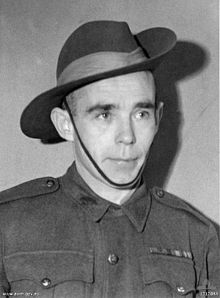
For example, Edward Otton commented that he wasn’t required to interview for the contingent and that “it was the easiest thing I ever did in my life”. Similarly, Raymond Smith advised that he had not even applied for the position but had rather been scouted out by “the Chief of the Air Force … for an interview”. The rushed process of raising the contingent also resulted in significant anxiety about the contingent’s ability to march successfully in the parade. Captain Weir’s report on the raising of the contingent recorded that “the standard of training reached … was far from satisfactory and many weeks of parade ground drill would be required.” He further noted that there was insufficient time for the contingent to train effectively for the parade and that practice would have to be made up during the voyage. Given the selection process’s emphasis on physical wellbeing, decorations, and ability to march, it is fair to say that for organisers raising a highly presentable contingent was of prime importance. However, this aim of sending a presentable contingent was potentially marred by the selection process, both in reenlistment and in a rushed selection process.
In the selected contingent of roughly 250 members, 19 were women who had served across the Australian forces. While these women were in a minority, they represented a significant portion of the press coverage. One report on the homecoming of the contingent commented on the “smartly turned out members of the women’s services”; another report on the farewell noted “the feminine angle” in a large photo alongside a similarly-sized photo of the parade. Major Kathleen Deasey (below) was one of these women. A graduate of Melbourne and Cambridge universities, Deasey was an officer in the Australian Women’s Army Service (AWAS) who had been heavily involved in the enlistment and training of female recruits throughout the war.
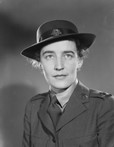
That organisers understood the novelty of the female contingent members for the press is demonstrated by the level of attention given to them in press releases. In each of these, significantly more space is given to explaining the role of women than to the role of men in the Australian army, and also to the biographies of the female members of the contingent themselves. For example, the Women’s Auxiliary Australian Air Force press release states that “The Air Force was the first … to call for the services of women in duties formerly done by men” and gives rich detail about the number of women who served; their various roles within the Australian Forces, and relatively detailed biographies of each member. In comparison, the press releases for the male forces joining the contingent are sparse and only provide brief information on their prominent members. It is interesting to note that this focus on women soldiers, despite their vastly lower numbers in the services, remains largely unchanged in modern military advertising and public relations, yet, despite this focus on female members of the contingent, when it came to parading, they were still relegated to “march in the rear of their respective service at normal distance”.
The contingent was set to leave on 18 April, however, prior leaving Australia, the contingent marched through the streets of Melbourne before embarking from Princes Pier. This march would be one of many practice runs for the contingent. The parade itself through Melbourne was regarded as a success and the group received “a magnificent reception from one of Melbourne’s largest crowds”. Certainly the troops appear to have enjoyed the experience. George Mercer’s diary recorded that the cheering was so overwhelming that “it was hard to keep a straight face”. While the parade was successful, embarkation onto HMAS Shropshire proved to be a difficult experience. Indeed, it marked the first moment of negative press attention the contingent would receive and hinted at the disciplinary problems that would arise later in the journey. As noted in Shropshire’s log, the embarkation process was held up as the result of a protest by troops who refused to board without the inclusion of a Sergeant Albert Curtin, who had been barred from joining the voyage due to his poor marching ability. Curtin, a medical officer, had won a Military Medal for his efforts at Tarakan in the Borneo campaign. He commented that he felt “like a bloke who has had a birthday snatched out of his hand”.
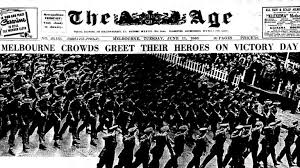
An article from the Herald Sun, on 20 April, reported that “There was a dramatic moment on Princes Pier, when members of the Victory contingent refused to board unless Sgt. A. Curtin who had been dropped because his drill was not up to the mark, was allowed to sail with them.” The memoirs of Captain Weir shed significant light on this incident. Weir writes of the difficulties in preparing Sergeant Curtin for the march. In particular, he notes that Curtin did not have any experience carrying weapons when marching. While Weir notes that he felt that Curtin’s drill performance could be salvaged for the eventual parade, he records that Brigadier Moten (the contingent’s second-in-command) refused to allow the sergeant to join the contingent because of his marching ability. After Weir passed on the message to the unfortunate Curtin, he was contacted later that evening by the RSL and numerous members of the press. All threatened to go public with the story if Curtin was not allowed to join. While the press did not run the threatened story, Curtin was not granted permission to join the contingent until the final moments before its embarkation. Here a significant portion of the contingent had threatened a strike on Princes Pier unless Curtin was allowed to join. Curtin was finally granted permission by Army Headquarters, who had evidently caved in to the pressure of the disgruntled contingent. This episode demonstrates the extensive issues with both discipline and press attention with which the contingent would have to contend.
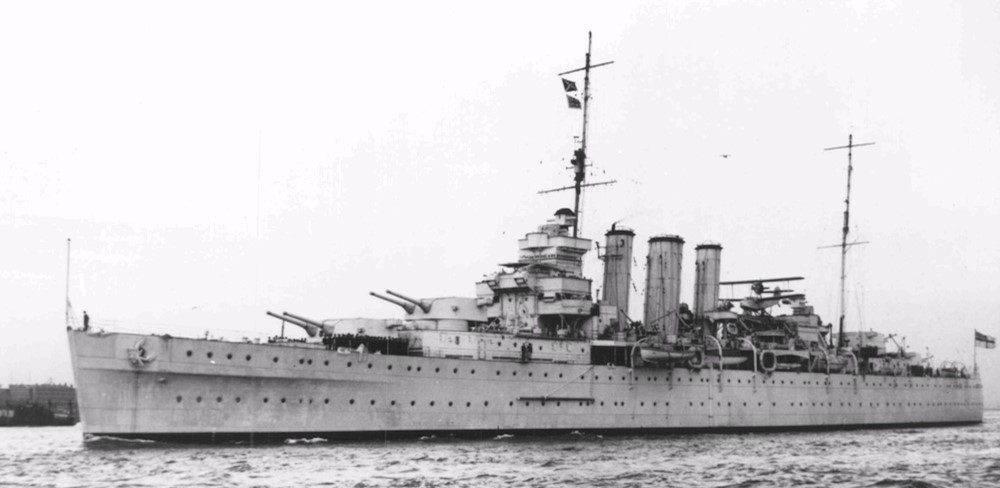
On its journey to England the HMAS Shropshire stopped at Fremantle, Cape Town in South Africa and Freetown in Sierra Leone. At Fremantle the issue of the poor presentation of the contingent again surfaced. The march was by most accounts a disappointing performance, marred by less than enthusiastic crowds, and a band that played too slowly for an effective parade performance. At Cape Town, while the planned rehearsal march was cancelled because of poor weather, members of the contingent appear to have greatly enjoyed this portion of their trip. The visit at Cape Town also emphasised the contingent’s role as a symbol of Imperial solidarity. On the afternoon of the first day ashore, Cape Town’s mayor addressed the group and said that their visit was an expression of the “spirit of co-operation and goodwill and that sense of fraternal unity on which so much depends”. He further advised that the visit allowed Cape Town itself to “participate more directly in the Victory Celebrations in England”.
The Cape Town Times also commented on the bond between Australia and the Empire in an article titled “Welcome Australia!”. This article exclaimed in reference to the Australian marchers that “We … see in them the representatives of a vigorous British land … which, when crisis arises, flings its full weight into the fight at the side of its liberty-loving associates of the British Commonwealth.” While ashore the contingent met with dignitaries, attended organised social events, and mixed with Cape Town locals. During the long periods at sea, the troops busied themselves with sports and physical training, watched movies and performances by contingent members, and worked at making felt animals as gifts for children in England. A particular highlight here was the ‘Crossing of the Line’ ceremony. This ceremony, performed at the approximate crossing of the equator on 17 May, was a naval hazing ritual performed to induct new sailors into Neptune’s Kingdom by “ducking the uninitiated” into a pool of eggs, slime and various other undesirable items. Accounts of the event are recorded fondly. For example, the AWAS War Diary advised that “everyone thoroughly enjoyed the day”.
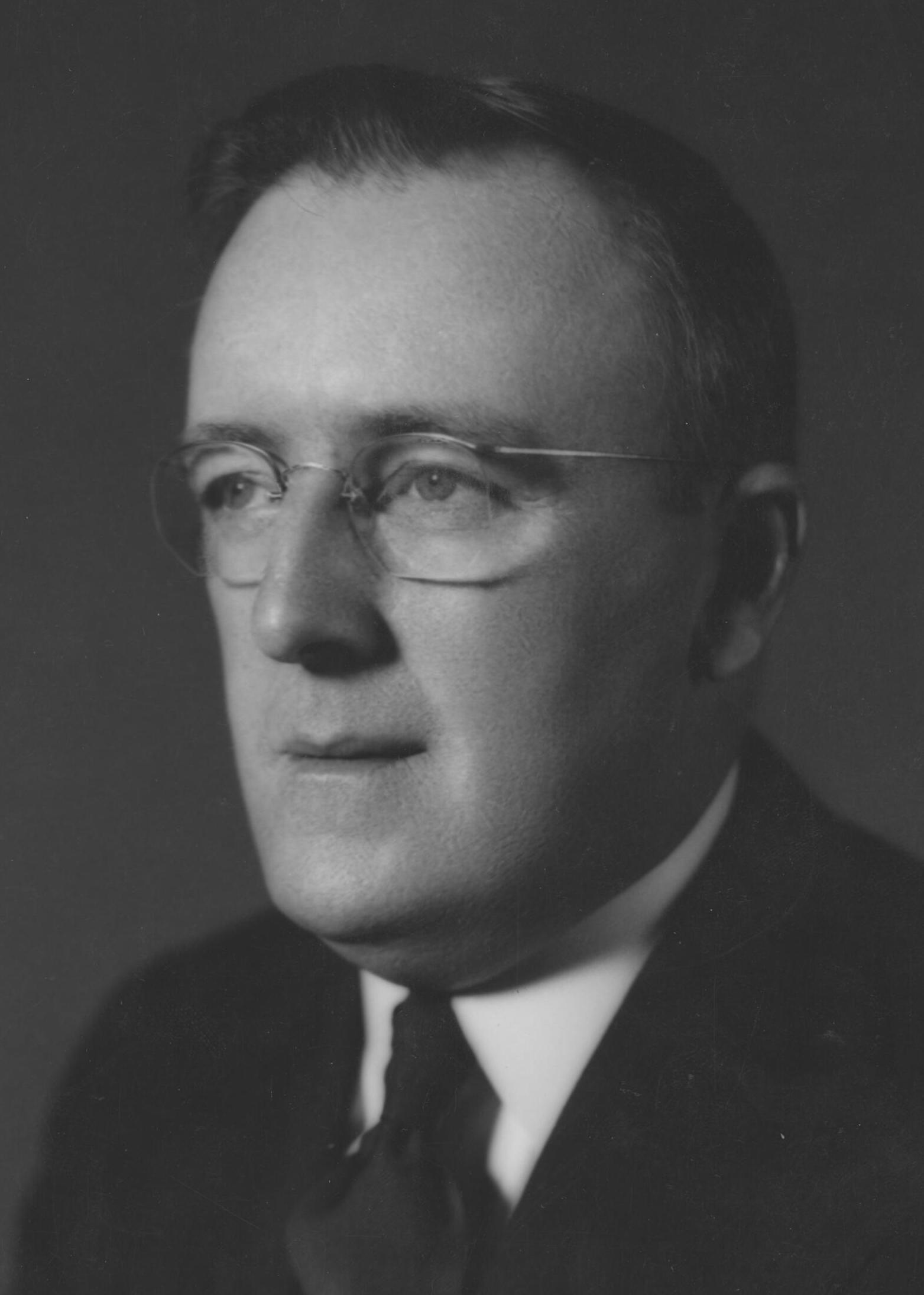
On the 30th of May the contingent finally arrived at Portsmouth, England. The ship sailed into harbour under the watchful gaze of HMAS Victory and was greeted by the Australian Resident Minister [today’s High Commissioner], Mr John Beasley (right), as well as a gaggle of British press photographers. Mr Beasley emphasised the relationship between Australia and Britain in stating his wish that the contingent meet as many British people as possible and do their utmost to strengthen the imperial bonds between the two countries. The group was also greeted by a band playing “Waltzing Matilda” at the harbour. For many this proved to be particularly moving. Sergeant Randle, of the AWAS, wrote that “It was great hearing the old tune and they couldn’t have given us a better welcome.” After leaving Portsmouth for London, the men and women were sent to separate camps. The men were camped at Kensington Gardens with the large majority of the other visiting nations’ contingents. The RAAF’s War Diary for the trip recorded that on arrival “it was obvious that conditions would be very cramped and uncomfortable” and that “the prospect of living there was not particularly appealing”.
Life at camp leading up to the day of the big parade was fairly uneventful, beyond general sightseeing and practice drills. A particular highlight for the contingent at this time came in the form of a visit from the Royal Family. Contingent members appear to have been genuinely enthused by this brush with royalty. Mercer recalls that “The Queen and Princesses were very charming” and that members of the contingent were “thrilled when the Queen spoke to them”. Another instance comes from an AWAS report which noted that “the lasting impression women members of the contingent will retain was of the glimpses we had of the Royal Family.” The report further states that “One realised … from the personal interest they showed in conversation concerning conditions in the Pacific, how closely they identify themselves with Empire.” Similarly, Chief Petty Officer Arthur Cooper described the meeting as a “great day” and stated that “the most charming woman Queen Elizabeth could only be described as lovely.” Not all contingent members were so reverent in this brush with monarchy. Upon being introduced to King George, the Victoria Cross recipient Private Richard Kelliher protested that he had not been granted a travel pass to visit his mother in Ireland. Despite his brazenness, Kelliher was granted his wish. Still, the majority of recorded impressions of the royal family throughout the contingent’s stay in London were overwhelmingly positive. These examples of interactions with British royalty demonstrate that for many contingent members, their time in London was one which affirmed their solidarity with, and respect for, monarchy and Empire.
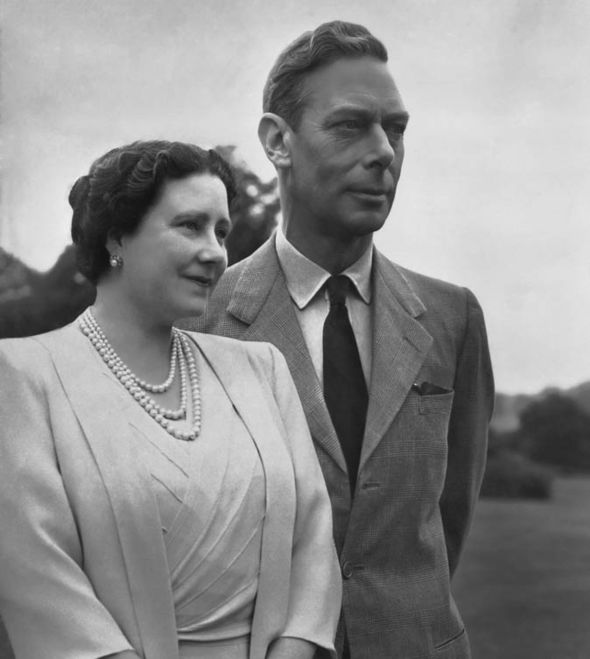
From their date of arrival the contingent had little more than a week to practise and prepare for the Victory Parade. The parade itself, on 8 June, was attended by more than 5 million euphoric British citizens. The contingent marched down Oxford Street, Charing Cross Road, into Trafalgar Square, and along the Victoria Embankment. Next the parade turned into The Mall, where about halfway down the Royal Family were perched on a dais near Buckingham Palace and taking the salutes of the various nations’ contingents. After the salute, marchers continued up Constitution Hill, where they dispersed in Hyde Park. Rain did eventually impinge upon the parade, but by that time the Australian contingent had finished their part in the affair and had dispersed for the day. Members of the contingent were struck by the sheer numbers of people in attendance and the thunderous noise of the crowd. Chief Petty Officer Arthur Cooper wrote that the “applause became so deafening that the band was only faintly audible”; Sergeant Mercer wrote that “people lined the streets and the cheering and shouting was tremendous … our hearts were filled with pride.” Similarly, the AWAS report of the parade stated that “Every window was crowded, and people had climbed on top of trees and monuments all the way along the route.” The salute to the King and Royal Family was also a moment of genuine pride for members of the contingent. Bruce “Slugger” L’Estrange recounted that as he went past the saluting base “I don’t think my feet hit the ground … I was grateful for my country to send me. I felt good.” Similarly, Sergeant Mercer recorded in his diary that when “the King took the salute … all members of the contingent did their utmost at … [the] critical moment.”
Sentiments of imperial and monarchical solidarity were also echoed by the press. The Sydney Morning Herald wrote of the salute that “the stream of men and weapons which flowed down The Mall past the King was a mighty demonstration of Empire solidarity” and further stated that “The same family spirit, bursting out in exuberant enthusiasm, brought cheers … when the band played ‘Waltzing Matilda‘ to herald the approach of the Australian contingent.” The Argus in an article titled “Brilliant Display of Empire” emphasised the likeness of Australian to British soldiers: “Our lads marched with precision to rival the Guards.”
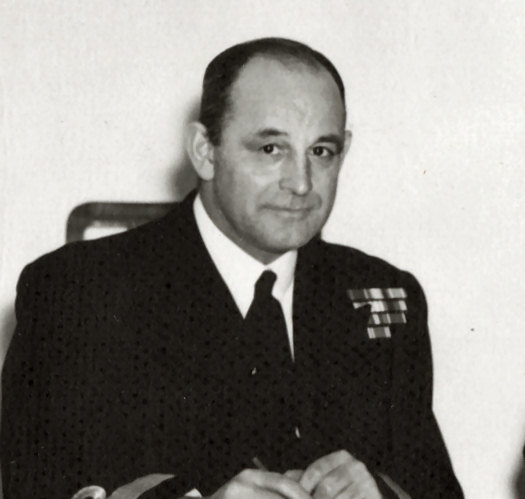
Similar Victory Parades were also held in Australia. On 10 June, a public holiday was granted, and victory parades were held in a number of the capital cities. Coverage of the parades held in Australia also emphasised the notion of imperial unity. The Sydney Morning Herald reported that in the Sydney parade “the common struggle of Empire will be reflected in the presence of the detachments from other Dominions” and that “the triumph of the Empire’s and the Allies’ cause is not to be missed.” The gifting of felt animals, made by contingent members aboard the ship, to the children of County Shropshire (HMAS Shropshire’s namesake) also helped to demonstrate the solidarity between Australia and Britain. The Border Counties Advertiser printed part of a speech by Shropshire’s Captain, Henry Showers (right), which emphasised the relationship between Australian and Britain. Showers stated that “their ship had always felt very close with the county of the same name” and that “There was a strong feeling of a tie with the old home country.” These observations demonstrate that for the press, the Victory Parade represented a moment of not only pride in victory, but also pride in the solidarity of Empire between Australia and Britain.
During their time in London, members of the contingent spent considerable time in interactions with the British public. These interactions were both social and material. For example, many British people wrote to contingent members to ask them about relatives in Australia, or to send their support for the Australian Army. One letter, from a former British prisoner of war, wrote that the “bearing of Australians was second to none”. Another letter came from a British couple offering to billet a member of the contingent “to return part of the hospitality” shown to their son by Australia. Social interaction with British citizens was also greatly encouraged by the contingent’s commanders. Aboard the HMAS Shropshire, Brigadier Moten gave a conference on shore leave in England, in which he emphasised that it was a priority for “the people of England to see as much as possible of the contingent”. Troops were also “encouraged to read up matters about Australia” so as to be able to answer the queries of those seeking to emigrate. This encouragement was based on the considerable number of enquiries being received in London by Australia House. Evidence demonstrates that contingent members were questioned about possible emigration to Australia. One contingent member recalled that members of the Auxiliary Territorial Service would tell her stories “of their yearning to make a fresh start in a new country, especially Australia”.
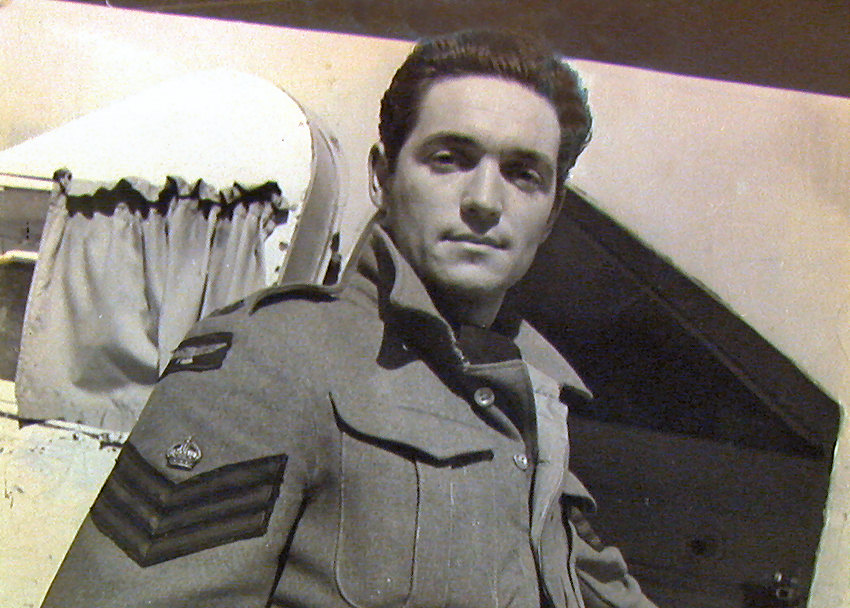
These queries about immigration at times reflected the destitution endured by the British people. The final AWAS report noted that British citizens were often “pale and thin … [with] no reserves of energy” and that “Many asked us wistfully about the possibilities of emigration from England to Australia.” This lack of available food in Britain was something of which the contingent members were continually made aware. Former Air Ambulance Officer Raymond Smith (right) recalled the “heavy rationing” and that “if you gave somebody a tube of toothpaste or a block of chocolate they thought you were [their] mother’s uncle.” Similarly, an official report noted that “The stress on food values was very high” and noted the distribution of pamphlets on “How to make the best use of rations”. In light of the severe food shortages suffered by the British public, the contingent’s organisers had prepared a gift of food for the British people. Early in the contingent’s planning phase a suggestion was made in the House of Representatives that the contingent’s ship be loaded with food as a gift of good will for British citizens who still faced heavy rationing.
This suggestion was taken up and became an important part of the contingent’s mission in Britain. Aboard the HMAS Shropshire, ammunition and weaponry compartments were emptied of their stock and filled with food gifts for Britain. This cargo amounted to 2,902 cases of food, weighing approximately 50 tons. Certainly, the gifting of food was something which brought the contingent members satisfaction. Phillip Coffey, of the RAAF, recalled his gratification at bringing food packages to people in London and that they “were so pleased”. The gifting of food was also something which the press reported upon. The Sydney Morning Herald, on 10 June, reported on a soldier giving chocolate to a hungry boy who “stared unbelievingly … and ran back into the crowd as if fearing the gift might suddenly be taken away from him.” For contingent members, interactions with the people of Britain were a chance to compare societies and wartime experience, and to promote Australia as an attractive emigration prospect. However, it was also a chance for contingent members to make a material difference in British lives through the gift of food.
Once their duty in the parade was complete, members of the contingent were granted extensive shore leave to relax and in many cases sightsee in Britain and around Europe. Many travelled to Scotland, some to Europe, and a small group were selected to travel to Germany as part of an official tour. On 10 June, leave was officially granted until 1 July. Contingent members were each given free rail passes to anywhere in England and Scotland. During this time many in the contingent also accepted offers to be billeted by British citizens. For some of the contingent, this was a chance to explore the European continent. Raymond Smith recounted that he had never “been to beyond the Middle East” and stated that “we were free to go our own sweet way … which I spent on the continent in Italy, Germany, France, [and] Switzerland.” A small selection of the contingent, 52 members, travelled in Germany for eight days on 19 June. They visited Münster, Essen, Wesel, Bad Oeynhausen and Berlin. Reports of the trip that have survived express considerable shock at the extent of devastation throughout Germany. Sergeant Parkes described the Krupp Steel factory as a “mass of twisted steel and concrete” and noted the strangeness of “the lack of life and movement”.
For some, such as Phillip Coffey, the trip brought up emotions of guilt and confusion. He recalled that he felt “ashamed” and “wasn’t very proud of [himself]”. By the end of June most of the contingent had gathered back at Kensington Gardens, ready to return to their homes. Some members of the contingent stayed on in England. Notably, Private Richard Kelliher and Sergeant Reginald Rattey, two of the three Victoria Cross winners on the contingent, remained for their investiture ceremony with the King on 9 July.
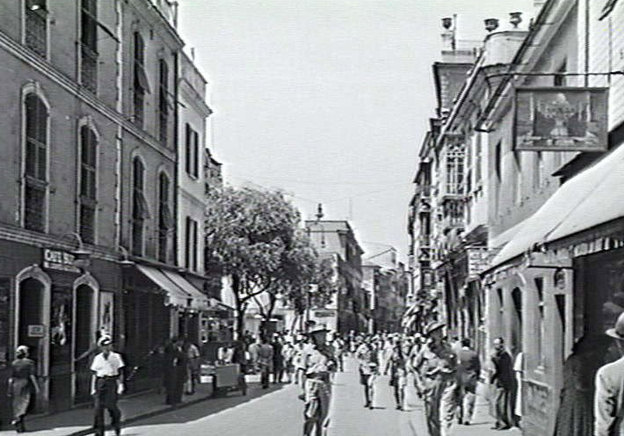
HMAS Shropshire stopped at a number of ports on its journey back to Australia. Notable among these was its first stop on 6 June, at Gibraltar. The stop was the site of significant controversy as the result of a fight between contingent members and local police. Official reports from the incident, and those given by press, are significantly varied. Official reports were cautious. Minister Beasley’s report advised that a contingent member had been arrested by some of Gibraltar’s civil police “as a result of an incident of obscure origin”. He advised further that within the next hour a number of contingent members mounted an attack on the local police station in an attempt to rescue their comrade. Finally, by 11 pm, the provost marshal and Gibraltar’s police commissioner had arrived to settle the dispute, and all arrested persons had been taken back to the ship. Similarly, initial discussions in the Australian Parliament were wary. The conservative Archie Cameron referred to “certain events which may or may not have taken place at Gibraltar.” Leslie Haylen defended the troops, saying that he “did not believe that Australian soldiers are capable of committing brutal and savage assaults” and that the incident “had not yet been sufficiently investigated”. Aboard the ship, the contingent’s diary recorded only a brief mention of the incident and stated that “several members of the contingent … had been involved in an unfortunate incident which took place in the township.” The RAAF Diary for the trip noted that “there was a disturbance in the town during which blows were struck and some civilians, police, and contingent members were injured – none seriously.” The following day leave was “restricted but not cancelled”. That these reflections on the incident were muted indicates that there was an official prerogative to play down its severity.
The initial reports from the press, however, were more critical than the government and military responses. An article in The Argus from 8 July reported that “the Australian Victory contingent will always be sadly remembered in Gibraltar” and described their behaviour as “disgraceful”. The article also described the events of the incident as being far more serious than official reports had admitted. Based on a Reuters’ correspondent’s testimony, it described the Australians as “brutal and savage” and asserted that the incident had begun after glasses and bottles were thrown in a café. Those involved had allegedly refused to pay their bills and ended up “using their belts, bottles, glasses, and other missiles” to attack police. Contradicting Beasley’s report, the article noted “several Australians had been arrested” and that they were not subdued until “30 naval patrolmen, a whole contingent of military police, and all police off duty” attended the scene.
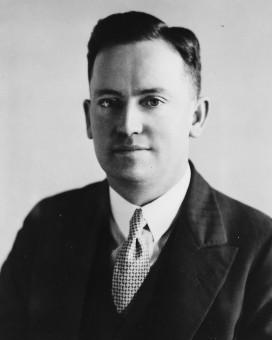
Another article commented that the incident “aroused shame and regret through the Commonwealth” and that the contingent had “entirely forgotten” their obligation to “their country and their uniform”. The Sydney Morning Herald printed an article which detailed much the same information, but in addition implored the Minister for Army “to see that there is the fullest possible inquiry”. Local impressions of the incident were similarly critical of the Australians’ behaviour. The commissioner of Gibraltar’s police was quoted as saying that it was “the worst public disturbance seen at Gibraltar since the Spanish civil war.” Despite this initially strong reaction to the event, the press condemnation did not last long. Less than a week later, in the wake of an apparently dismissive report by Eather, the press had turned to playing down the event. The Sydney Morning Herald reframed the story and reported that “A shore incident developed from minor situation involving a small group of Australian troops and Shropshire crew with few civilians and civil police.” The same article published a quote by the Minister for Army, Francis Forde (right), which claimed that “the conduct of … the Australian contingent was very satisfactory”. On the same day The Canberra Times ran an article with the headline “Gibraltar Clash Only a Minor Affair” which said that the incident “was hardly serious enough to merit the world wide attention it had received”.
While the incident publicly damaged the contingent’s reputation, privately the Australian Government worked to avoid further bad press. A telegram from Minister Beasley to Prime Minister Chifley on 19 July advised that he had spoken with Gibraltar’s governor and that the official inquiry would be confined “to matters affecting the local administration by Civil and Service Police and that it was never intended … to go beyond that point.” A follow-up telegram from Chifley to Beasley a few days later acknowledged that the inquiry would not “investigate events in which Australian Servicemen were concerned” and advised “the press had given the incident far more prominence than it deserves”. That the inquiry did not review the behaviour of contingent members suggests an anxiety on the government’s part about the potential for the incident to be further publicised. This is made particularly clear when read in light of the repeated assurances that the incident had been exaggerated. Additionally, the incident also speaks to the wider issue of press representation. Specifically, that the level of press attention attracted by the contingent demonstrates that the contingent’s role was to promote Australia’s armed forces and the nation more generally. The negative press suffered by the contingent at Gibraltar, and to a lesser extent with Sergeant Curtin before the contingent had even left Australia, demonstrates that press attention could as readily be damaging to Australia’s reputation as it could be helpful.
The refusal to board at Prince’s Pier, along with the brawl at Gibraltar, bookended numerous other issues with discipline on the journey. Corporal Otton noted that while they were being trained, the contingent was regarded as being “a little bit out of control”. The numerous instances of theft among the contingent point to this lack of self-control. The RAAF’s final report on discipline noted that “there was an exceptional amount of stealing on board [the Shropshire] and at Kensington Gardens.” The same report noted that from the Kensington Gardens camp “it was found that a typewriter, clothing, several hundred food ration cards and other official property” had been stolen. Additionally, on the voyage back it was reported that “considerable quantities of military clothing stores had been stolen from the ship’s stowage.” Violence was also recorded between contingent members on the trip. On 30 June Private Herbert Silversides allegedly entered the camp at Kensington Gardens drunk and assaulted a fellow contingent member. While this is the only officially recorded incident of this type of behaviour, apart from on Gibraltar, it is not unlikely that other such events occurred without official notice – especially as alcohol appears to have been easily accessible on board the ship. That organisers anticipated disciplinary issues can be seen in a memorandum, of 30 May 1946, from Shropshire’s Captain Showers.
This memo granted the RAN’s “Officer-in-Charge” the jurisdiction “to deal with leave breaking offences of up to 36 hours” and “returning from leave drunk”. The memo also made reference to anticipated “repeated or aggravated offences of leave breaking” and “repeated offences of drunkenness”. It is difficult to accurately gauge what led to these disciplinary issues. That many contingent members were temporarily re-enlisted from their civilian lives may have been a factor. Additionally, that many were selected under time constraints to fill the contingent’s ranks may have resulted in selecting some troops with poor self-discipline. Ultimately, however, poor discipline was a problem that affected not only the smooth running and organisation of the trip, but also the contingent’s public reputation.
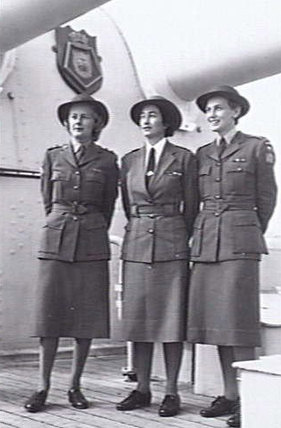
The remainder of the trip passed, despite short stops through a number of locations, without notable incident. In Australia, Shropshire stopped at the ports of Fremantle, Adelaide, Melbourne, and Sydney. Just prior to the ship’s first Australian stop at Fremantle, on 8 August, General Eather addressed the ship. He congratulated the contingent on their efforts in representing Australia so successfully at the parade, and wryly “thanked all those whose conscience would allow them to accept it for their conduct during the trip.” The contingent’s return to Australia was reported in the press without much fanfare. The Age reported that there would “be no ceremony associated with the Australians’ return.” The Sydney Morning Herald ran a minor article which briefly mentioned the return of the female members of the contingent disembarking the Shropshire. A Port Phillip paper ran the headline “Quiet Homecoming for Shropshire” and noted the arrival of the ship in Melbourne as “almost without ceremony”. Perhaps this muted press response was due to the recent and extensively reported scandal of the Gibraltar incident. Perhaps the press saw the contingent’s story as no longer being newsworthy. Nevertheless, the Shropshire and the contingent had returned safely to Australia having successfully completed their journey and their mission to represent Australia among the peoples of the British Empire and the alliance of the Second World War.
The symbolic journey of the victory contingent functioned in many ways, whether diplomatic, personal, or public. When read in the context of Australia’s renewed enthusiasm for its British relationship, the contingent can be seen as proof of Australia’s solidarity with the British Empire. This aim of imperial solidarity is made apparent by the fact that organisers sought to send an impressive and newsworthy contingent who would distinguish Australia within empire and on the world stage.
On a personal level, it is clear that from their experiences marching, meeting with royals and other dignitaries, and mingling with British citizens, that contingent members reflected this sense of solidarity in a way that was genuine. Similarly, press representations illustrate that the contingent’s story was a moment in which imperial solidarity could be unselfconsciously expressed to the Australian public. Nevertheless, disciplinary issues, possibly made worse by the rushed organisation process of the contingent, threatened its mission of symbolic solidarity, as was made evident by the numerous, and at times serious, breaches of discipline during the trip. From a modern perspective, it might be easy to pass off these sentiments of solidarity as mere banal imperial patriotism. Nevertheless, for those involved with the Australian victory contingent, from the experiences of members to the impressions of the press, these sentiments were both genuine and powerful expressions of Australia’s national identity in the post-war world.

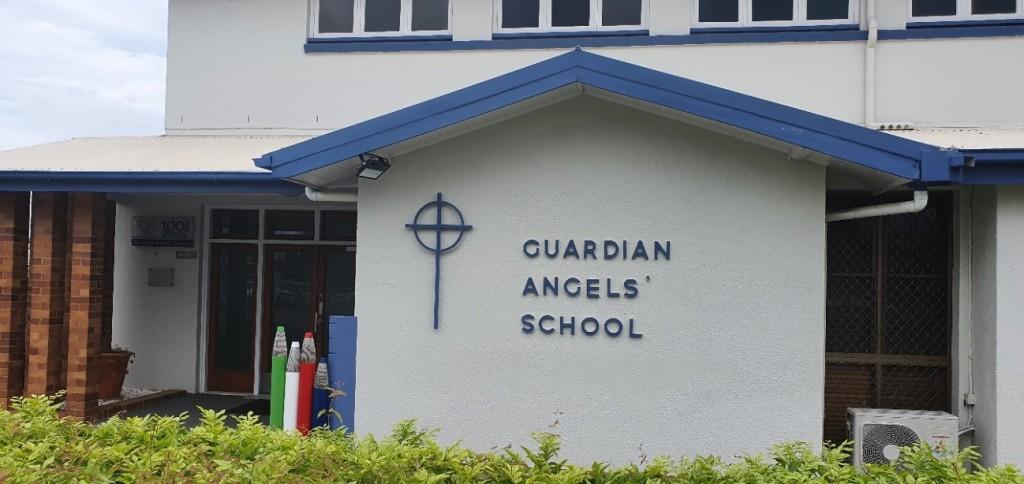
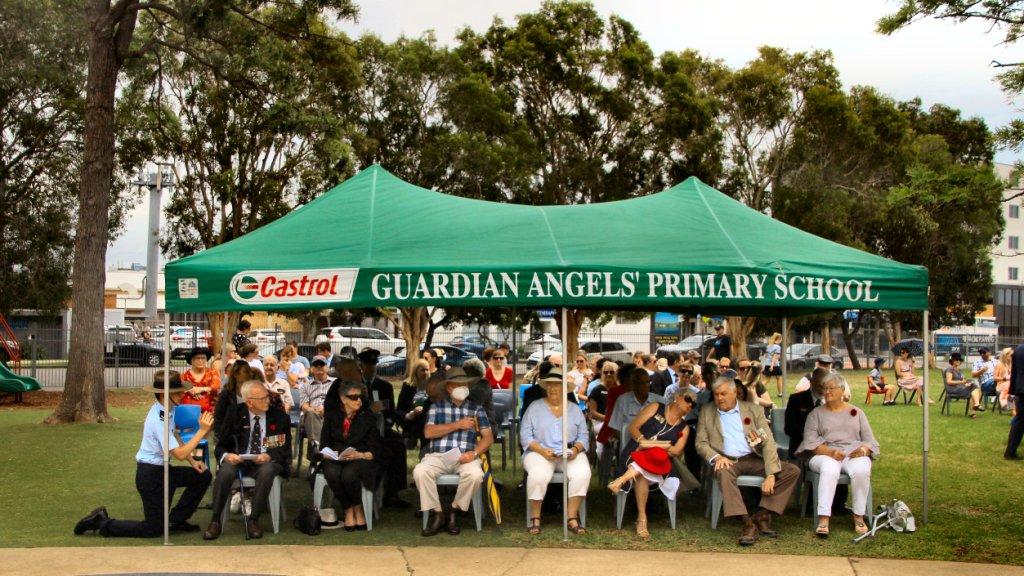
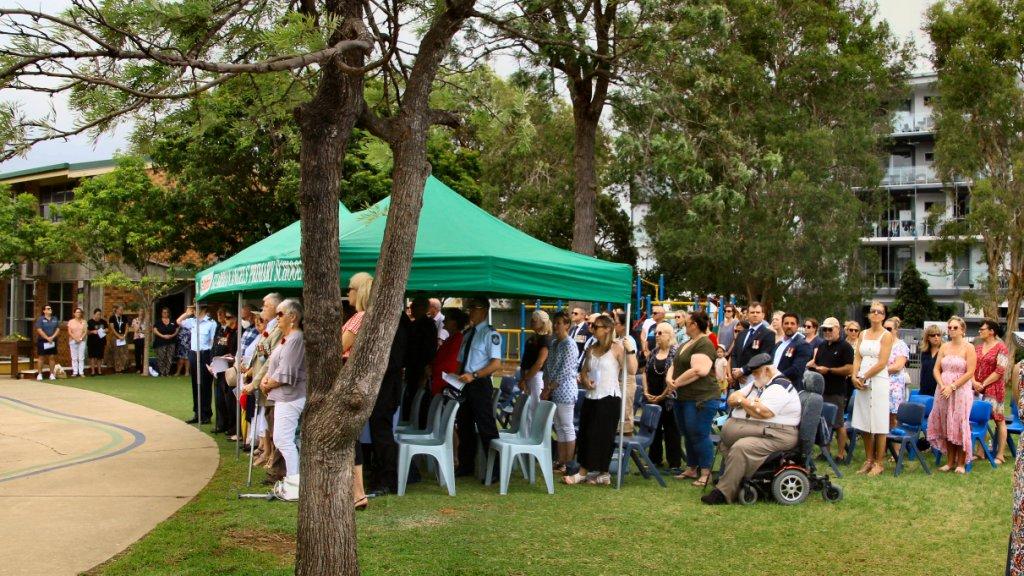
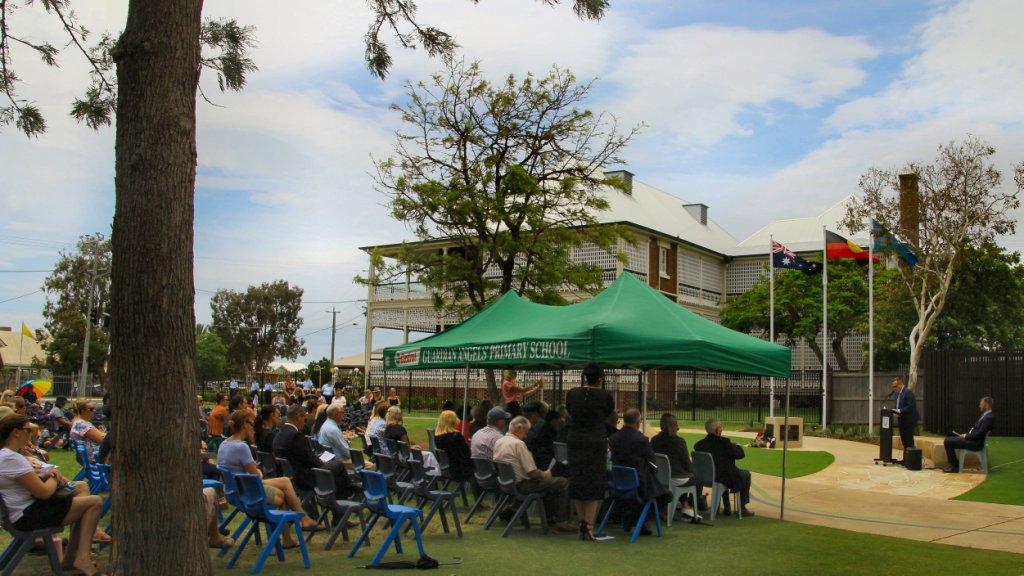
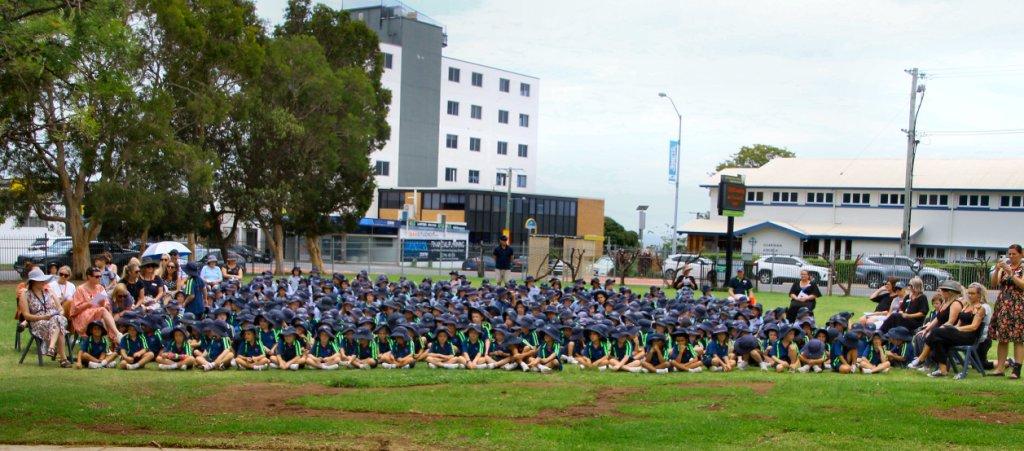
%20a.jpg)
